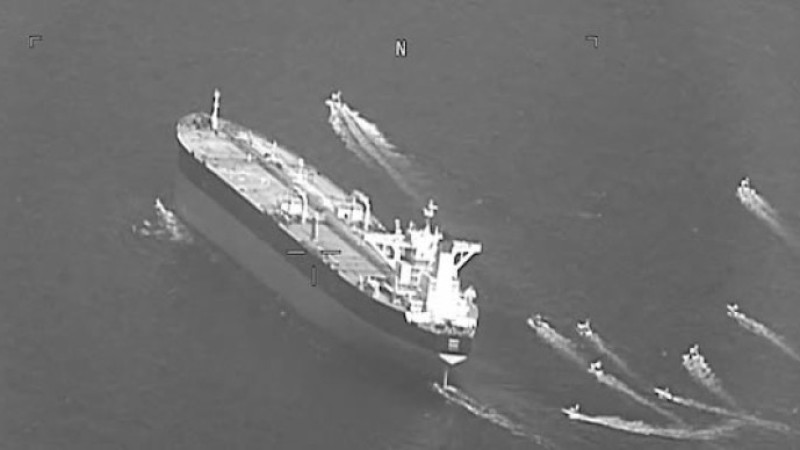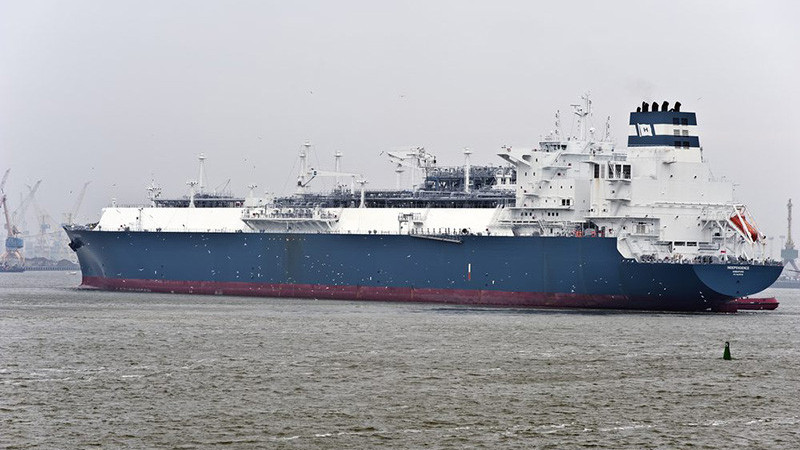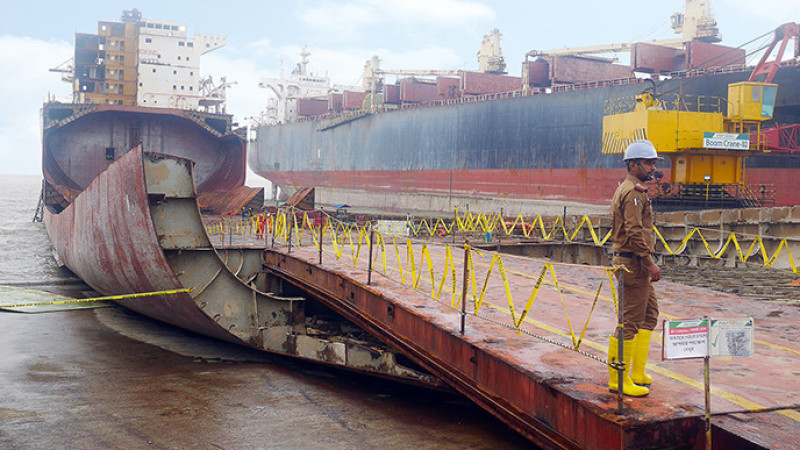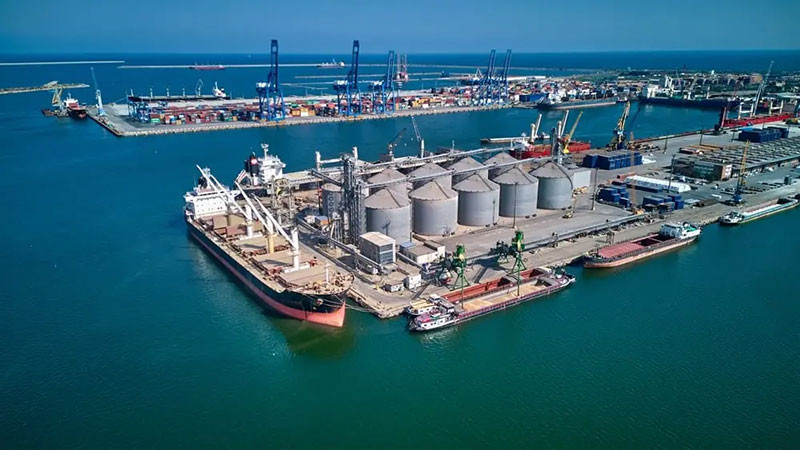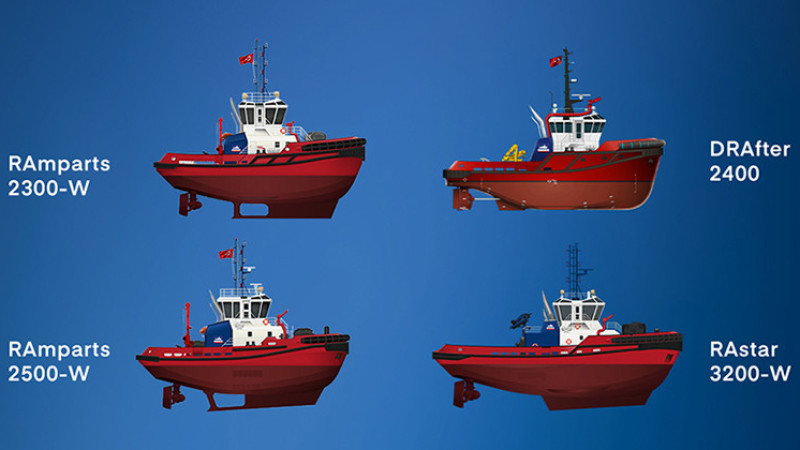NTSB Underscores Critical Role of Smoke Detectors After Fishing Vessel Fire and Sinking
The National Transportation Safety Board (NTSB) is highlighting the importance of properly placed smoke and fire detectors following its investigation of a September 2024 fire aboard the fishing vessel Tarka II near Tatoosh Island, Washington.
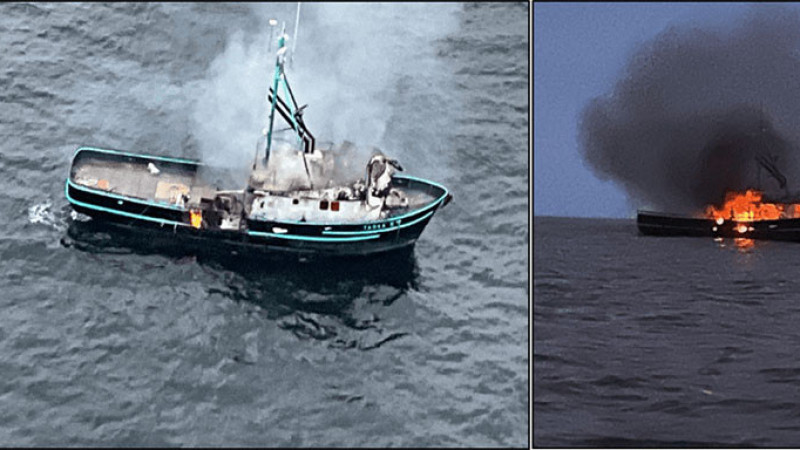
According to Marine Investigation Report 25-24, the Tarka II did not have a smoke or fire detector in the engine room where the fire originated. The vessel’s engine room was equipped with a CCTV camera that would have displayed in the wheelhouse, but it was not operational at the time of the incident.
“Installation of smoke and fire detectors in spaces that are typically uncrewed when underway, such as the engine room, allows for the earliest detection and notification of a fire, maximizing the time for operators to respond to the fire or take actions to abandon the vessel,” stated the NTSB report.
The captain only became aware of the fire after noticing smoke coming from the vessel’s exhaust stacks. Existing smoke detectors outside the engine room and in the galley failed to activate until the captain opened the engine room door.
After discovering a small, smoldering fire near the hydraulic tank and pump, the captain shut down the generator and main engine. As the fire intensified, the captain and crewmember were forced to abandon ship into a liferaft before being rescued by the U.S. Coast Guard.
The Tarka II subsequently sank and was not recovered, preventing investigators from determining the exact cause of the fire. The vessel was declared a total loss estimated at $460,000.
The NTSB recommends that “vessel operators can improve fire safety by installing detectors in all areas susceptible to fire” including engine rooms, galleys, and spaces containing machinery, hot exhaust tubing, and fuel sources. Additionally, these detectors should be able to notify crew throughout the vessel and be regularly checked to ensure proper functioning.



